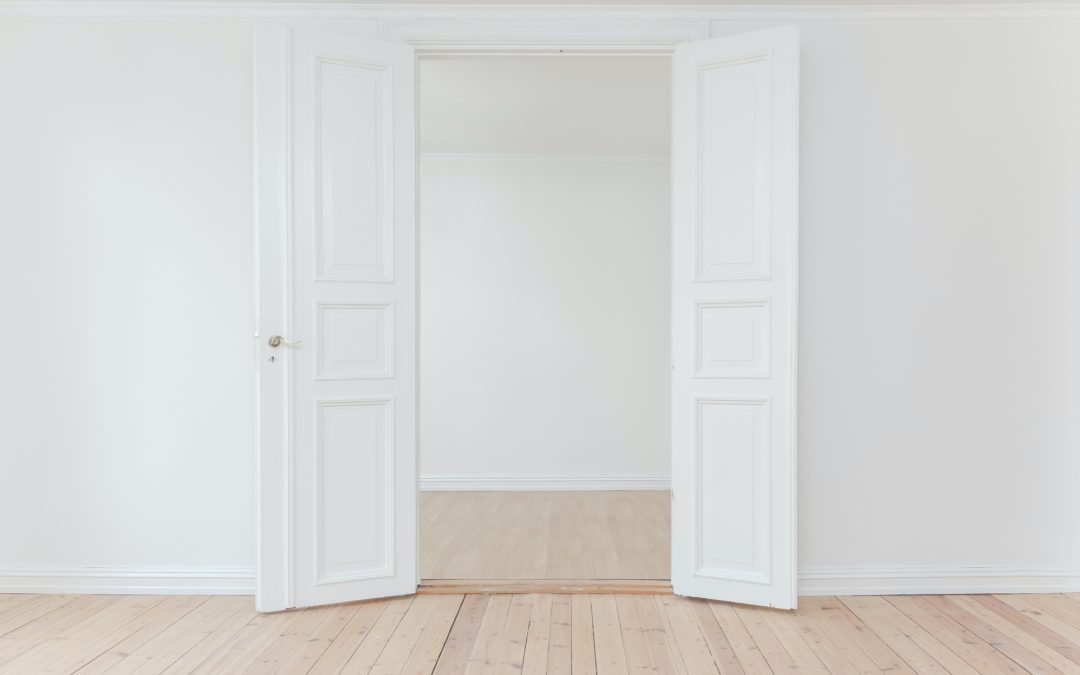The minimalism trend has skyrocketed over the past few years. From the Netflix catalyst of The Minimalists, the Marie Kondo wave, and the thousands of “minimalist and zero-waste” videos on YouTube, people are learning how to live more with less.
But unbeknownst to many, a new form of minimalism has made its way onto the Internet, and has racked over millions of views on YouTube.
Enter: extreme minimalism, a form of minimalism that chooses to live with the absolute barest of necessities. Extreme minimalists often have a furniture-free house, with just a mat or something similar on the floor to sit down on, a removable hammock for a bed, and a capsule wardrobe of just a handful of clothing items.
Extreme minimalism often goes hand in hand with a zero-waste, sustainable lifestyle. This means that these minimalists try not to produce any disposable or plastic waste. You’ve probably seen this lifestyle with the rise of metal straws, buying in bulk stores, or no plastic packaging policies. Popular systems in this lifestyle include shopping at farmers markets, purchasing from slow fashion companies, and in general, just avoiding plastic.
The biggest question then becomes: why? Why would people go this far with decluttering?
A lot of it stems from essentialism, or doing more, with less. Some extreme minimalists follow a lifestyle where they invest their life into experiences, rather than material possessions. For some, material things like interior designing, fashion, or other “material sources of happiness” make them feel fulfilled and happy. This is perfectly fine and valid. However, other people feel that they can get their happiness from decluttering their possessions and investing a majority of their life into traveling or other experiences.
While this lifestyle may not be for everyone – it sure isn’t for me – a good takeaway is to reevaluate, what things matter more or are more meaningful in our lives. This doesn’t mean cutting our belongings down to an arbitrary number, but rather just keeping the things that truly make our lives better. Practicing intentional living can help bring us one step closer for a more peaceful and mindful life.



